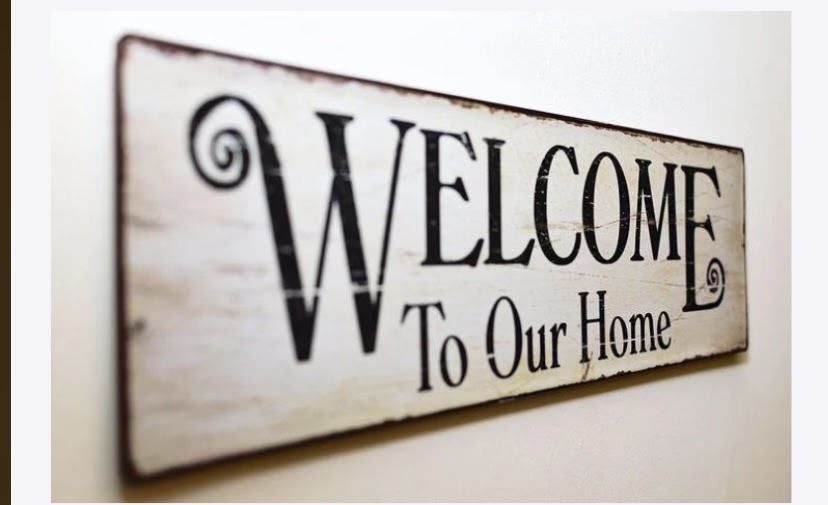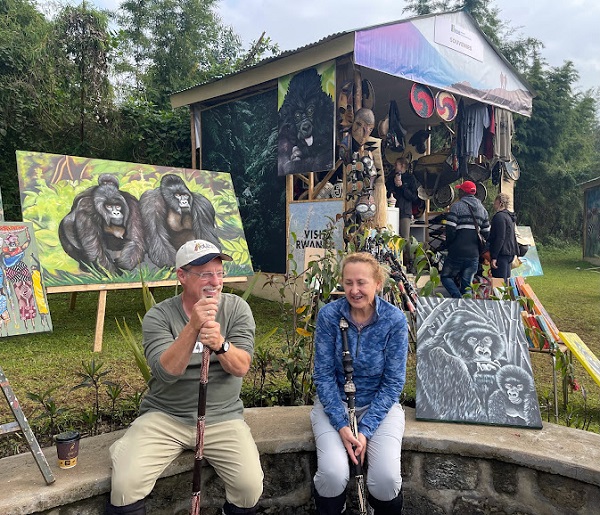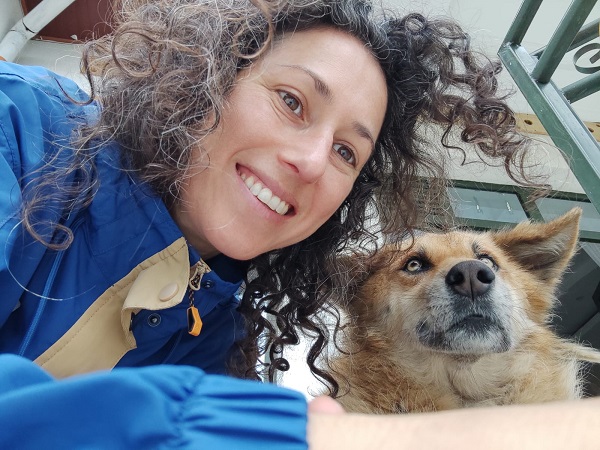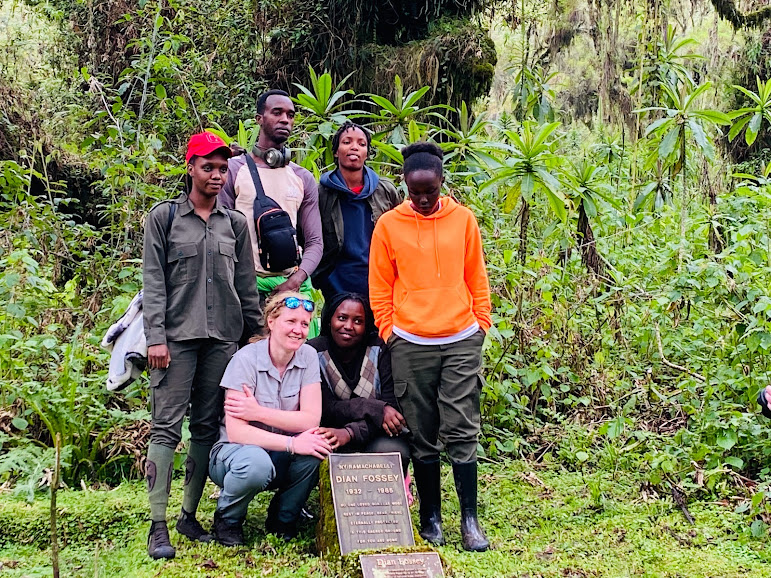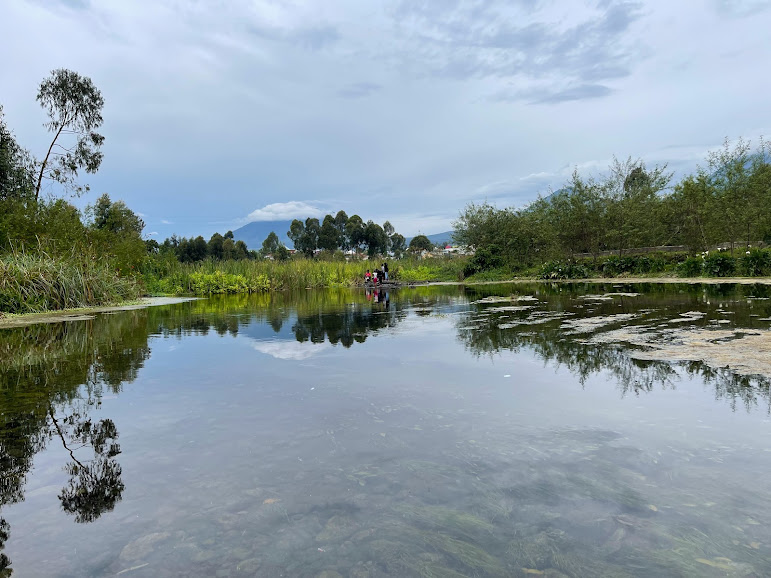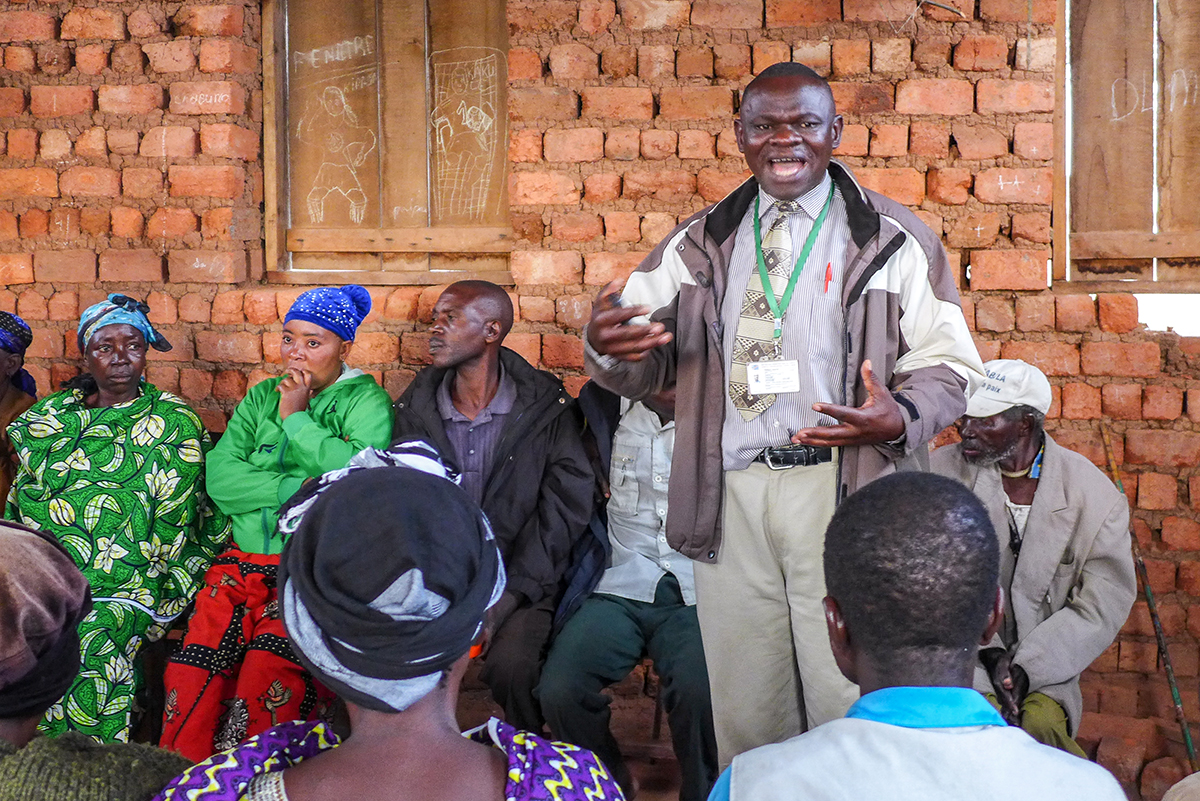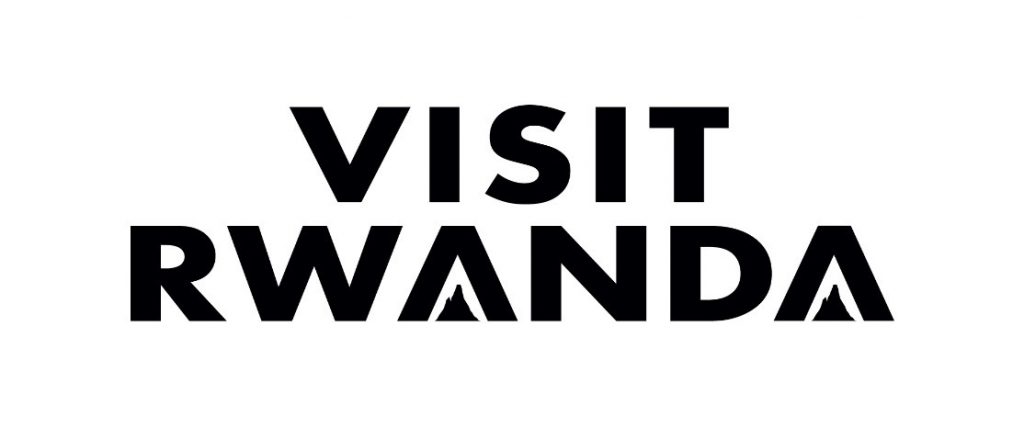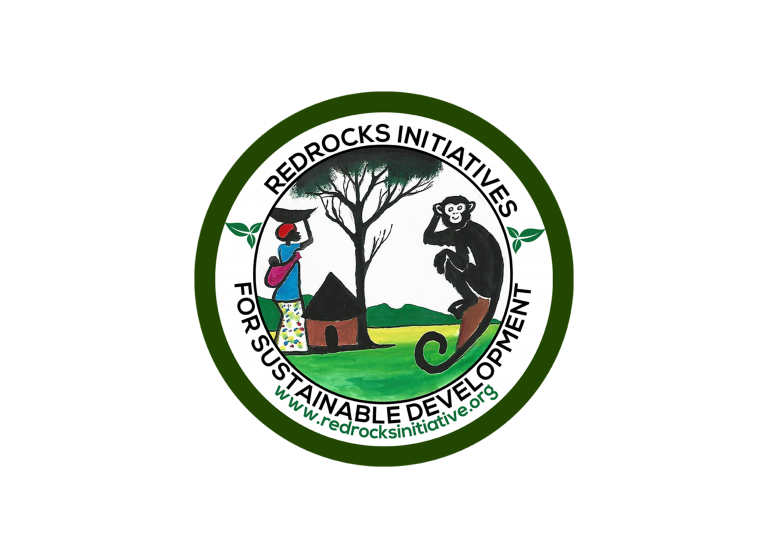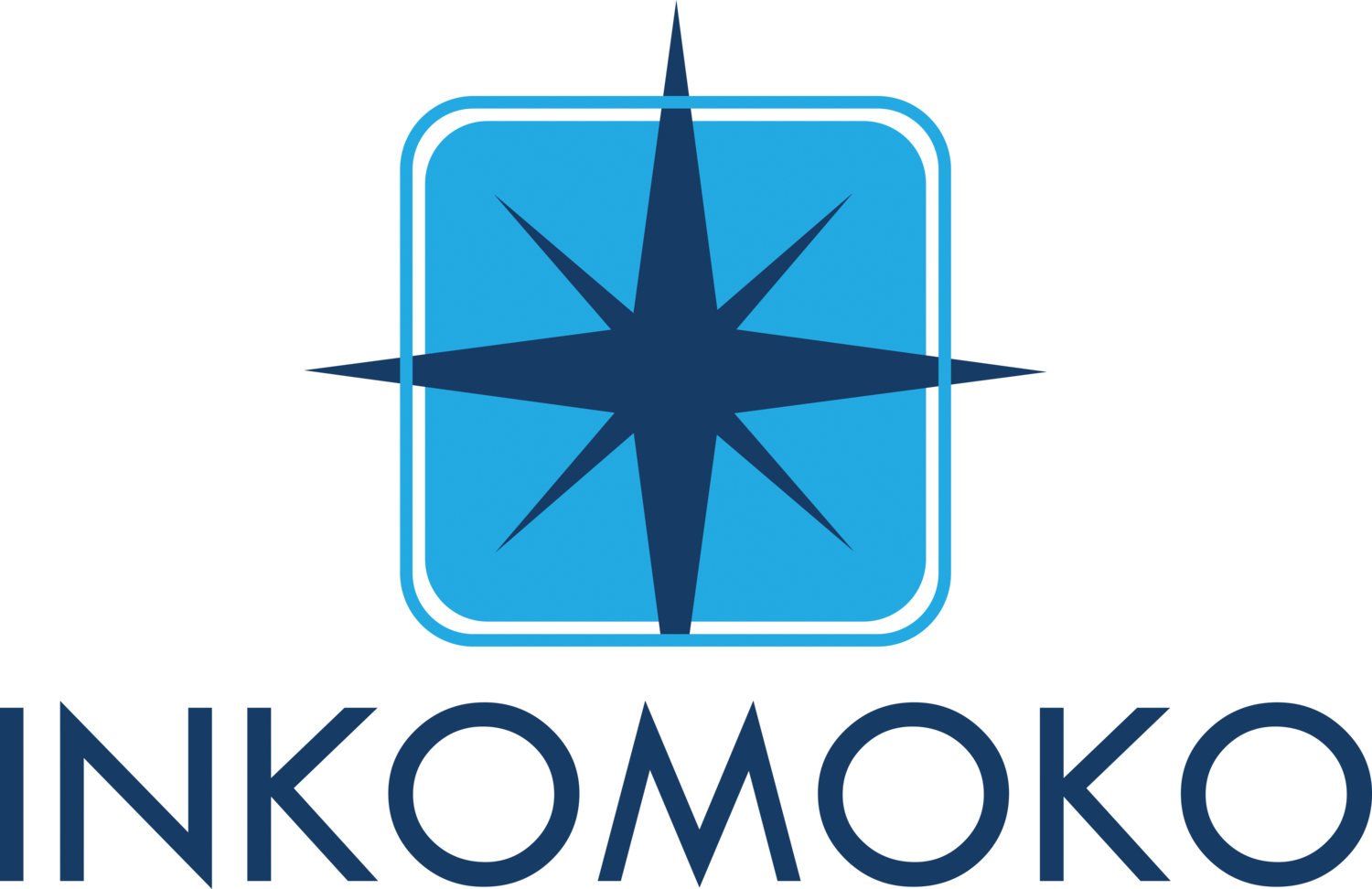Community arts initiatives is a collaborative
artistic endeavor that involves active participation from members of a
community. These projects aim to engage community members around the Virunga
massif area, foster creativity, promote dialogue, address social issues, and
enhance community identity. Here are some key aspects the initiatives are based
on:
Read More
Collaboration: Community art projects emphasize collaboration between local artists, community members, tourists and sometimes even organizations or institutions. The projects involve workshops, discussions, and collective decision-making processes to ensure community involvement and ownership.
Social Impact: Many community art projects are designed to address specific social issues or challenges within a community. These projects can focus on themes such as environmental conservation, social justice, inclusivity, cultural preservation, or community empowerment. Through artistic expression, they aim to raise awareness, provoke dialogue, and inspire positive change.
Public Art Installations: Community art projects often involve the creation of large-scale public art installations. These installations can take the form of sculptures, murals, interactive displays, or temporary artworks that are accessible and visible to the broader community. Public spaces such as Parks, streets, or community and cultural centers may serve as venues for these installations.
Participatory Workshops: Workshops are an integral part of community art projects, providing opportunities for community members to learn artistic skills, express themselves creatively, and contribute to the overall project. These workshops can focus on various art forms, such as painting, sculpture, photography, theater, or digital media.
Community Engagement: Successful community art projects actively engage community members throughout the process. This involvement can include community meetings, brainstorming sessions, open calls for participation, and regular updates on the project's progress. The project's success is measured by its ability to reflect the aspirations and concerns of the community.
Cultural Preservation and Heritage: Community art projects often aim to preserve and celebrate local cultural heritage. They may involve traditional art forms, indigenous knowledge, or stories passed down through generations. By incorporating cultural elements, these projects foster a sense of pride, identity, and continuity within the community.
Educational and Skill-Building Opportunities: Community art projects provide educational and skill-building opportunities for community members, particularly youth. They can offer training in artistic techniques, project management, event organization, or other related skills. This equips participants with valuable tools for personal and professional development.
Celebration and Festivals: Some community art projects culminate in public celebrations or festivals that showcase the artistic achievements of the community. These events may feature performances, exhibitions, interactive installations, and cultural activities, attracting both local and external audiences.
Community art projects empower individuals, strengthen community bonds, promote social change, and celebrate the unique cultural expressions of a community. They serve as a platform for creativity, dialogue, and collective action, leaving a lasting impact on both the artistic landscape and the social fabric of the community.

